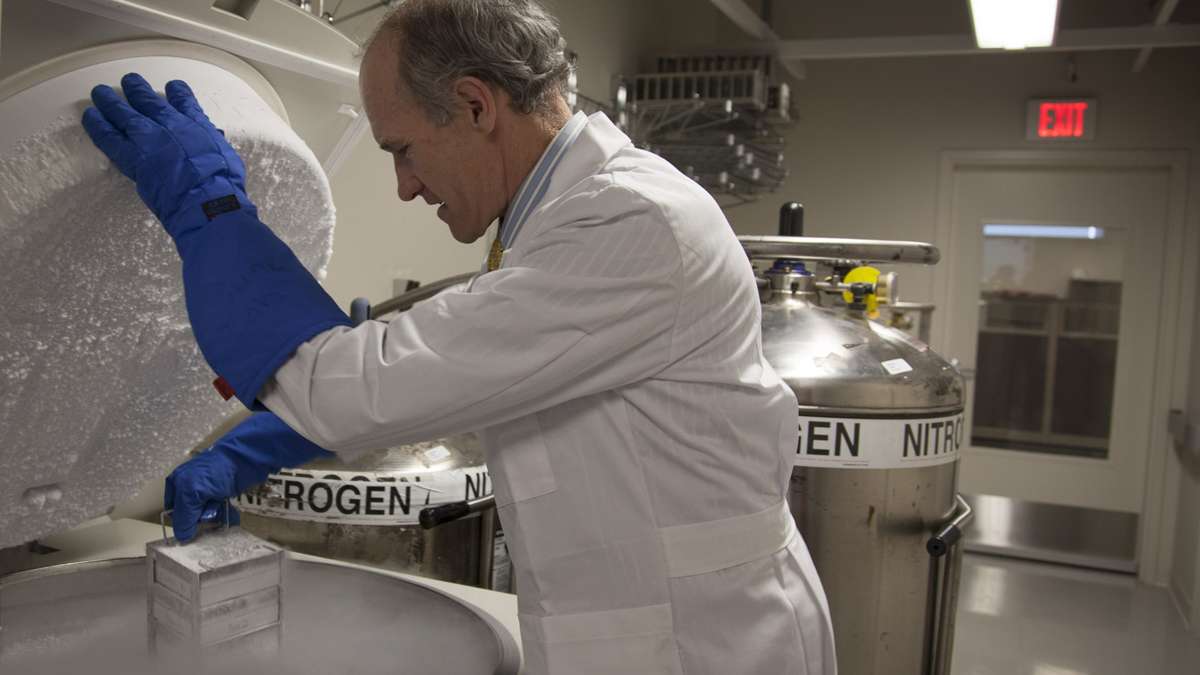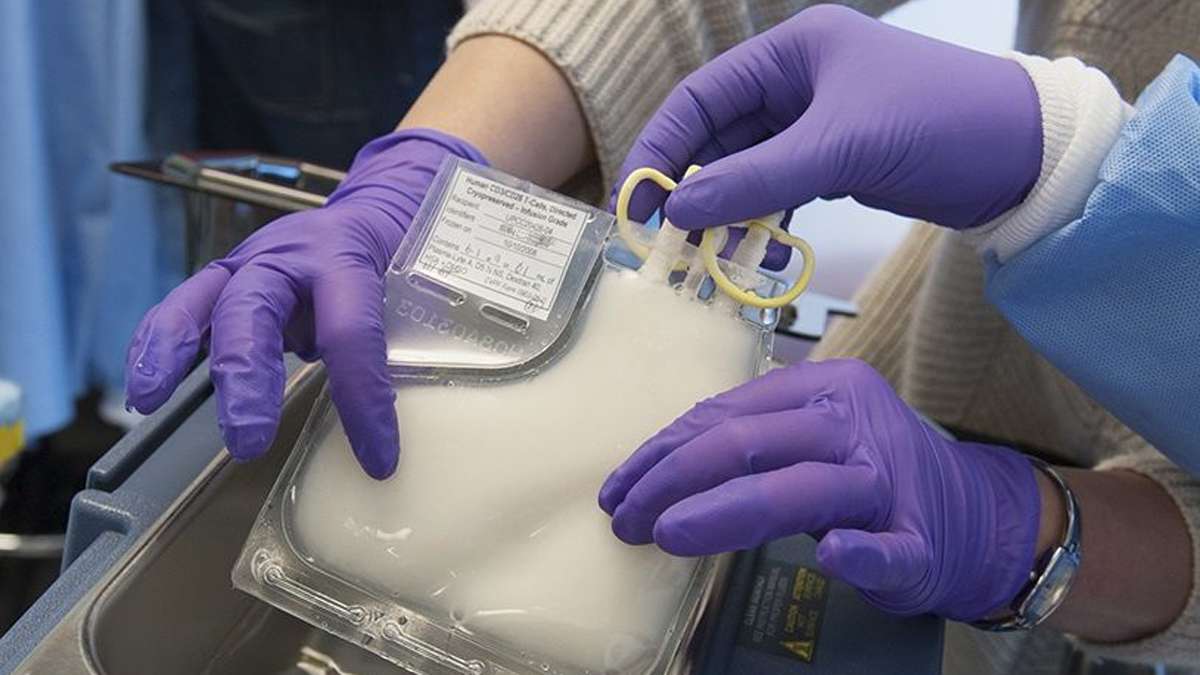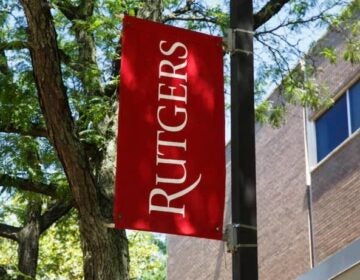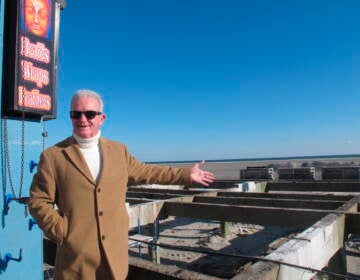Report: South Jersey residents ‘happier’ than most
Income inequality may be “the defining challenge of our time,” as President Barack Obama told the Center for American Progress this week, but according to one Rutgers University researcher, it doesn’t pose as much of a problem in South Jersey.
Speaking at what could be coined a “State of South Jersey” forum held at Cumberland County College Wednesday, assistant public policy professor Adam Okulicz-Kozaryn revealed that New Jersey’s eight southernmost counties score an average of 40 out of 100 points on the Gini Coefficient, the most common inequality scale used by social scientists.
The score, which would assign a zero to areas with evenly distributed income and a 100 to a theoretical place where one person held all of the wealth, compares with 46 for New Jersey and the nation. What’s more, said Okulicz-Kozaryn, the counties’ scores also keep pace with one another despite the social and economic differences between them.
What does it mean? In part, that South Jersey residents — those living in Cumberland, Salem, Cape May, Atlantic, Gloucester, Camden, Burlington, and Ocean counties — report higher-than-average levels of happiness.
“South Jersey is quite equal in its inequality,” Okulicz-Kozaryn quipped. “(And) much of the research points to a weak negative association — that is, the more inequality, the less happiness.”
Though the link between income equality and happiness is not a strong one, Okulicz-Kozaryn says the region’s relative economic parity combines with other factors to compel South Jersey residents to say they’re “very satisfied” with their lives.
“There’s a strong effect of nature and open space on well-being and that may be something for South Jersey to capitalize on. When you move out of big cities to smaller towns or live close to the shore, those are factors that increase happiness,” he said.
Happiness scale
Cape May County residents ranked highest in happiness, giving themselves a score of 3.43 out of four possible points, while residents of Camden County, the most developed of the eight counties and the closest to Philadelphia, scored second to the bottom.
But open space doesn’t account for everything. Though Cumberland County ties with Ocean County for the most natural resources, it’s also the poorest, least educated, and most subject to violent crime. It’s saddled with the most smokers, teen mothers, and people who feel unconnected to outlets for social or emotional support.
While Okulicz-Kozaryn noted that objective and subjective indicators don’t always closely correlate to well-being, in Cumberland County they do. It assigned itself a 3.31, ranking last on the happiness scale.
The finding led panelists to recommend that public policymakers consider replacing some South Jersey prevention programs with initiatives to promote sports and outdoor activity.
“We have high rates of morbidity related to lifestyle,” said Patricia Diamond, head of the Atlantic County Department of Human Services. “So how can you make it easy to change behavior? How accessible is a healthy activity like a trail or gym? Are streets paved with sidewalks? Can you promote community gardens in schools or municipalities?”
Monique Chadband, executive director and CEO of the United Way of Salem County, agreed. “We’re not too far behind Cumberland in some of those measures,” she said of her county, which tied Camden for seventh place in happiness. “We have few resources and they’re spread apart so it’s not easy for people to get to doctors’ appointments, rec centers, and the like.”
Despite its relative lack of urbanization, South Jersey does benefit from its position in the middle of what’s called the Northeast megalopolis — the developed stretch from Boston to Washington, D.C. What South Jersey has over other natural areas like Wyoming or North Dakota is urban options.
“You’ve got the nature but you’re also close to big cities,” said Okulicz-Kozaryn.Often, areas that lack urban resources are among those that more eagerly welcome them.
James Watson, Cumberland County’s economic development director, said, “Certainly with being so close to Philly, urbanization is going to continue to move in this direction from Camden. This is a positive.”
He pointed to urbanization as a possible way to lure more members of the creative class into his county, which he says already houses many artists who may be difficult to classify.
According to Richard Florida, who coined the term “creative class” to describe the young, educated engineers, graphic designers, visual artists, and writers who typically cluster in areas with public transit and opportunities for culture and entertainment, localities need a creative class to thrive in today’s economy.
Okulicz-Kozaryn posits that the creative class may be especially important to a rural region like South Jersey, or, more specifically, Cumberland County, where young educated people tend to leave after high school or college. Boasting the highest concentration of creative class residents in South Jersey, Burlington County’s ranking is double that of Cumberland’s. Burlington topped many of the positive demographic and economic categories and those measuring objective well-being like public health, and tied for second place in happiness.
The forum, titled “Changes Across the Region: People, Economy and Wellbeing,” was the first in a series of public discussions sponsored by the Sen. Walter Rand Institute for Public Affairs at Rutgers-Camden to connect policymakers and community leaders with regional research and one another.
WHYY is your source for fact-based, in-depth journalism and information. As a nonprofit organization, we rely on financial support from readers like you. Please give today.







